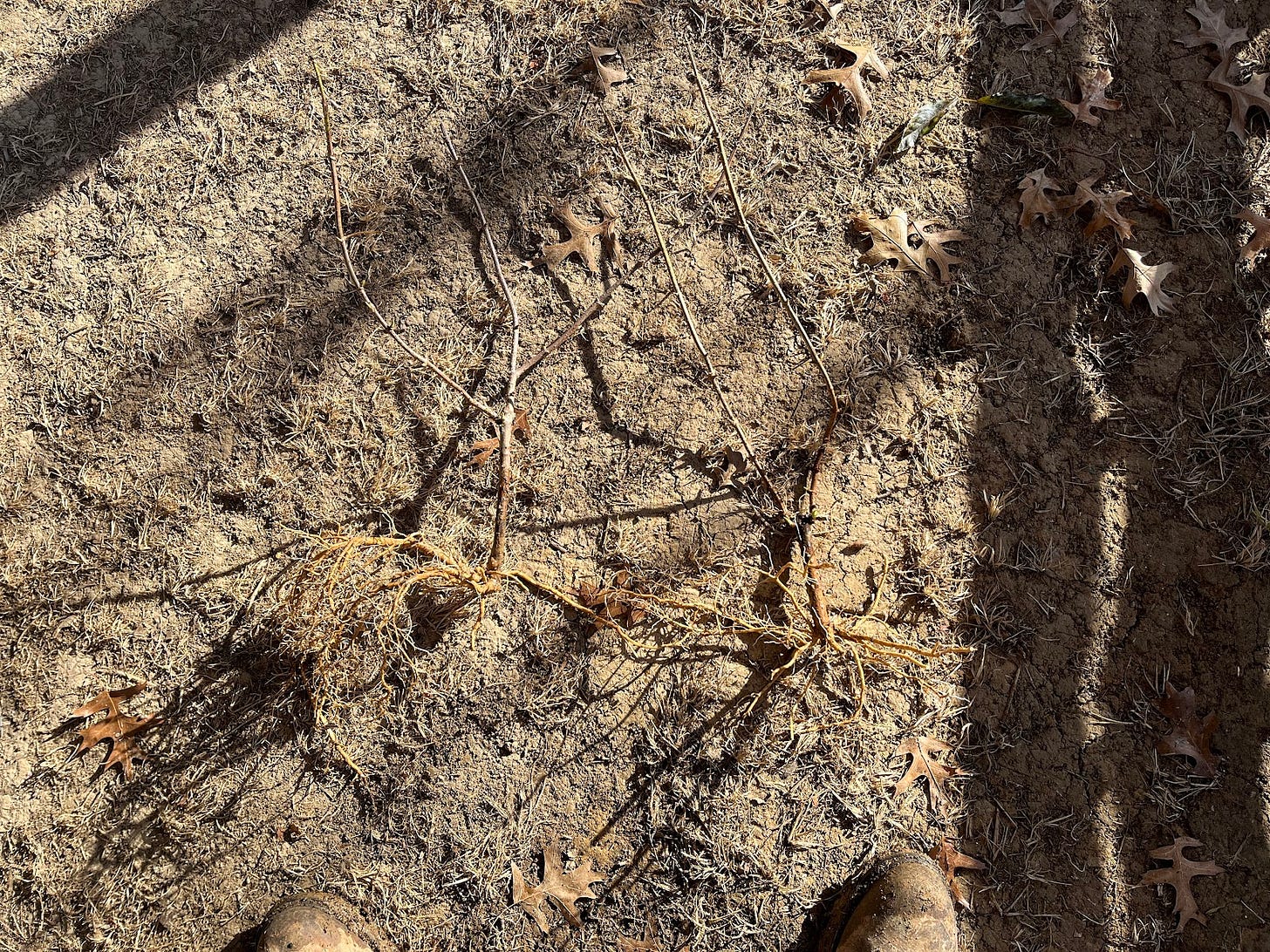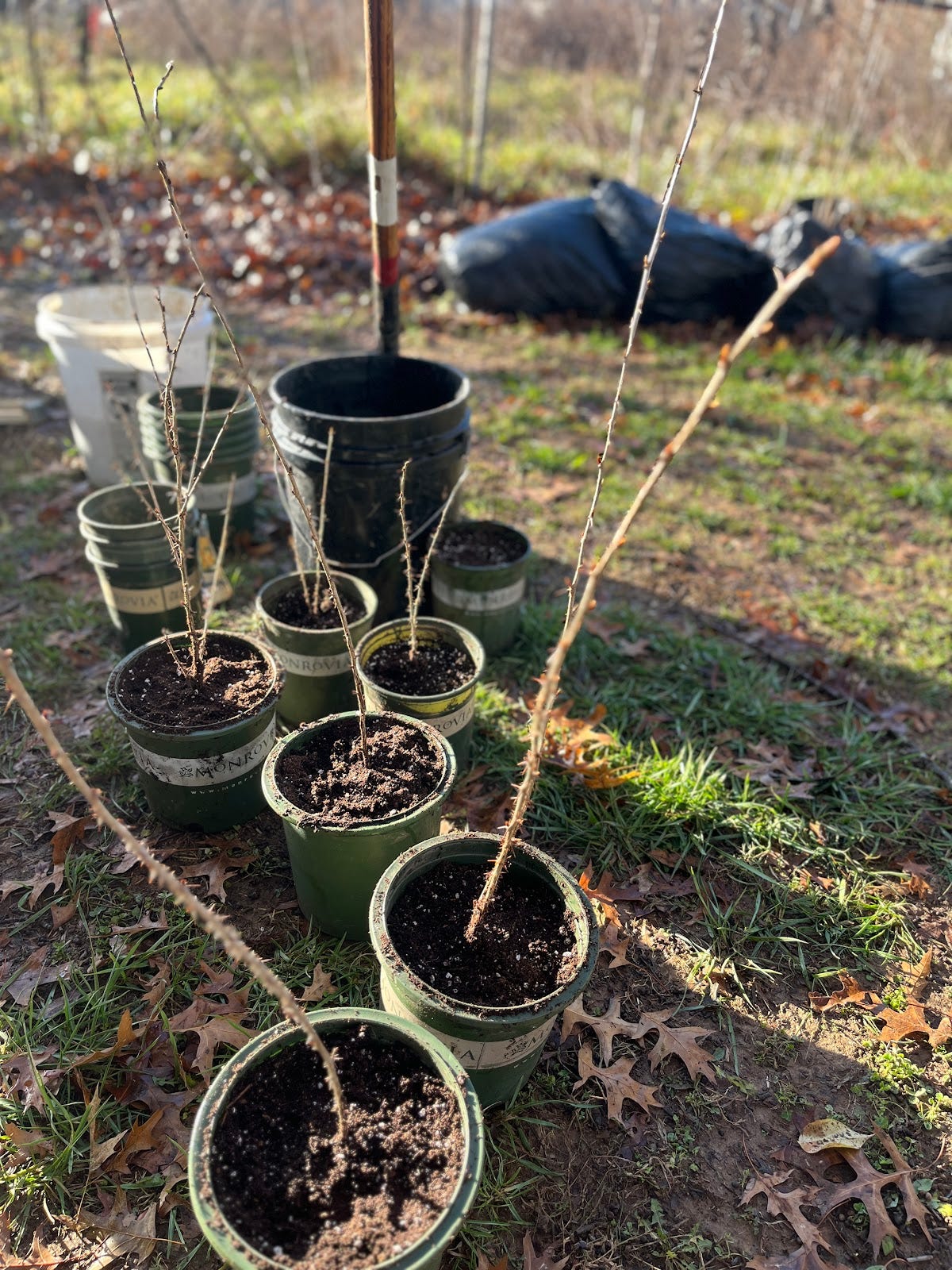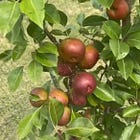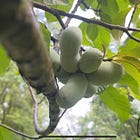“One touch of nature makes the whole world kin.”
— William Shakespeare
“The care of the earth is our most ancient and most worthy, and after all, our most pleasing responsibility.”
— Wendell Berry
I have to be honest: when I first planned this series, I didn’t expect this topic to win. Based on all the votes and chatter in the comments from the newsletter two weeks ago, I thought it would be permaculture principles and ethics that you all wanted to dive into next. I’d even written that entire series!
But hey, here we are. The bareroot vs. potted trees and shrubs discussion won, and I’m excited to start this series with you all.
If you've been following for a while, thank you so much for sticking with me. If you're new here, I'm thrilled you're joining the community! Feel free to drop a comment and introduce yourself—I love meeting new faces.
If you’re more of an audio-visual learner, I found a fantastic video on the topic:
If you prefer to read, stick around, and be sure to let me know your thoughts in the comments!
Alright, let’s get into it.
What’s the big difference between bareroot and potted plants?
At first glance, it’s simple: bareroot plants come with no soil and no pot—just the roots and a dormant plant. But does that mean one is better than the other?
Given the many options available, it can be tricky to know which one is right for you. But don't worry, I’m here to break it down and help you choose the best option based on your needs.
What’s the Deal with Bareroot?
Historically, gardeners and nurseries have relied on bareroot trees to build gardens, orchards, groves, and vineyards.
The term “bareroot” refers to the process of digging up an established, dormant plant, removing the soil from its roots, and transplanting it to a new location.
It is best if these plants are planted while dormant in early spring or in the late fall before the ground freezes.
1. Ease of Handling: No soil means much less weight and hassle! You can carry more plants in less space—perfect for ordering in bulk or for mail-order shipments. Plus, bareroot trees can often be older and still shipped easily.
2. Ease of Planting: Bareroot plants require less digging. The absence of soil around the roots makes planting much simpler—one person can easily carry and plant multiple trees in a day.
3. Availability: Bareroot plants take up less space, and nurseries can offer a much wider selection of varieties. You’ll find plants and trees that you might not see in potted options.
4. Better Performance: Bareroot plants tend to make a smoother transition into their new growing space. They’re free from container soil issues and adapt well to the native soil in your garden.
5. Substantial Root System: Since the roots are visible, it’s easy for nurseries to cull out inferior plants. This means you’re getting a tree with a better-formed root system, compared to those grown for long periods in containers.
6. Lower Cost: Bareroot plants are typically cheaper than their potted counterparts. No container, no soil, and easier shipping all translate to lower costs.
Why Choose Potted?
On the flip side, potted plants are a great option for different reasons. They come with fully-formed root balls and can be planted anytime from spring to fall.
1. Flexibility in Planting Time: Unlike bareroot plants, which have a narrow planting window in early spring, potted plants can be planted from spring through fall. This is a huge perk for those with busy schedules or tricky planting conditions.
2. No Dormancy: Potted plants are typically active during the growing season, so they have foliage or even flowers when you buy them. This means you can see exactly what you’re getting and select the characteristics you like best.
3. Larger Sizes & Maturity: Potted plants are often available in more mature sizes compared to bareroot options. While this might be a positive for some gardeners, it can be a downside if you’re looking for something that will adapt more easily to your space.
4. Uniformity: Potted plants allow you to see the plant’s shape and condition right off the bat. This makes it easier to select the exact tree or shrub you want, and you won’t need to rely on guessing as much.
5. Instant Gratification: Let’s be honest—who doesn’t love a plant with full leaves and blooms? When you purchase a potted plant, you’re likely to see flowers, fruits, or vibrant foliage right away. Bareroot plants require weeks of growth before they can show their potential, so potted options give you that instant satisfaction.
The Takeaway:
Each choice—bareroot or potted—has its perks, and it really comes down to what fits your needs and timeline.
Don’t stress too much over it!
Whether you choose bareroot or potted plants, if you’re purchasing from a reputable nursery, you’re likely to be happy with your results.
I hope this breakdown helps clear up some of the confusion. As always, drop your thoughts, questions, or your own experiences in the comments below—I’d love to hear what works best for you in your backyard garden!
Community Engagement: Your Input Matters
As the Backyard Berry Nursery continues to grow and this newsletter evolves, your feedback means the world to me. I love hearing your thoughts!
Whether you’re a long-time reader or just joining the community, if you think this series could be a great fit for collaboration, don’t hesitate to reach out with a direct message and let’s see how we can work together!
Connecting with fellow plant lovers always excites me, and I’d love to explore ways to collaborate with others.
And feel free to tag a friend who might be a good fit for collaboration!
Crop Profile Directory
If you’re enjoying this newsletter and want to learn more about the plants I will be growing and how to incorporate them, you’re in luck!
Below is a directory of the past three crop profiles. Feel free to browse and explore—happy reading! 👋
Thank you for being here with me on this journey of edible plants, sustainable practices, and the joys of nurturing local flora.
I’m looking forward to hearing your thoughts and suggestions! I’ll be back in your inbox next week! 👍🏼
Much love
Many blessings
Travis
P.S.
If you’re enjoying this newsletter, and want to show your support, I’d be grateful if you could share this newsletter with someone who might find it valuable.
Word of mouth is what fuels the growth of this newsletter. Your referral could inspire a friend or follower to grow more food and make a positive impact in their community!









I much prefer bareroot if I have to mail-order a tree or shrub I can't source locally (which is always a first preference). One thing I have learned the hard way is to check reviews on the nursery and avoid ones which have complaints on shipping delays - a package of bare-root plants not shipped in a timely manner may break dormancy while sitting around waiting on shipment, and that's a disaster on arrival or in freezing conditions in transit. Similarly, be cautious on shipment times, I have had more than one order wander around through the post until they showed up later than planned! Can't do much about that part, though.
Our acreage is reclaimed corn/soybean fields. Have experienced much better performance from bare root stock. One indicator is that during our first year the only thing that grew well in the garden was potatoes. After that we moved to raised beds.